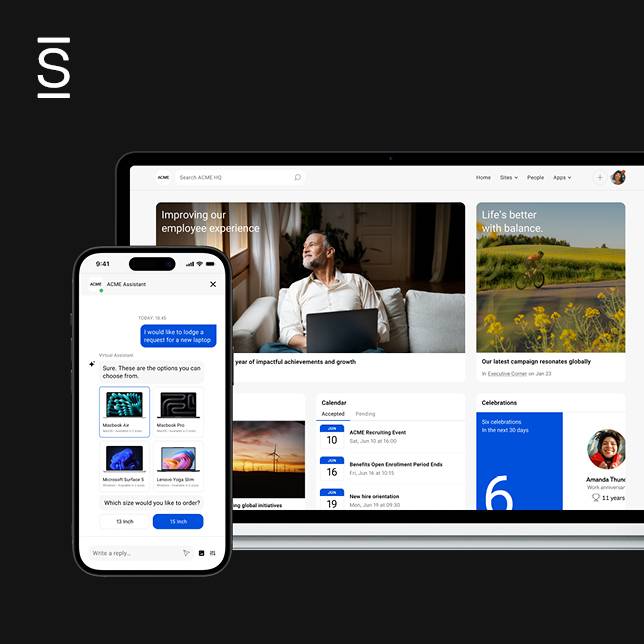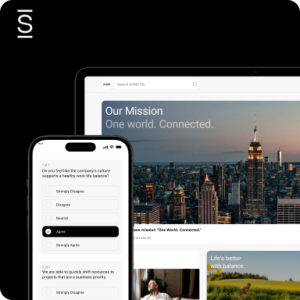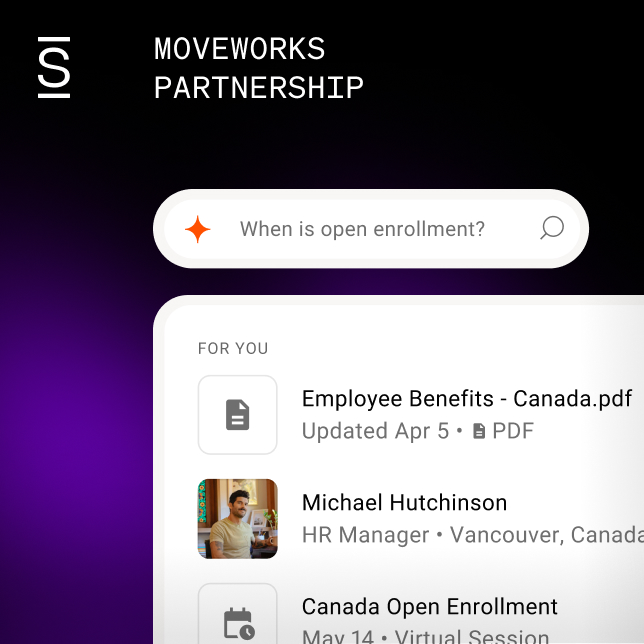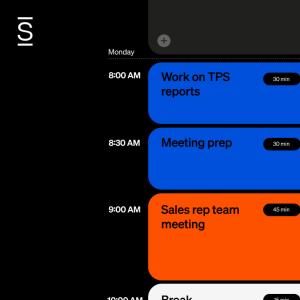Change management and internal communications are not synonymous. Believe it or not, there is quite a bit of overlap. Much of what we do in internal communications involves communicating change. The truth is, change management won’t be successful without a good communications strategy. As IC requires more to demonstrate its value, the need for a new and evolved change communications strategy is crucial.
We at Simpplr hear it over and over that nearly 70% of change initiatives do not meet their goals. Most of the reasons for failure can be directly linked to poor communication. That is where IC comes into the equation. Internal communications are vital to understand the endeavour, building connections between employees and the change, and delivering results that will help the initiative meet its goals.
I have been involved in hundreds of change initiatives during my career, from digital transformation to implementing a new process for submitting newsletter communications. I even had to oversee the tearing down of an employee parking garage. I have also written and executed numerous communication plans. Face it. No one likes change. But with the right way, you can manage this successfully. Over the years, I have found there are seven guiding principles that resonate throughout all stages of change communication strategy.
1. Make the change real for the employee
By tying it to actual work and people in a clear, plainspoken, and consistent voice, you make the change real to both stakeholders and employees. To accomplish this, you will need to help employees understand the actual impact on them. Thus, the necessity for “making real.”
The unknown of how a change will directly affect an employee is more than enough to create negativity and feed more fears. You need to address these questions from the employee perspective with precision and purpose:
- Why should I change?
- How does this impact me?
- What do I need to do to prepare?
- When will change happen?
- Whom should I contact with questions?
In formulating answers in a language and consumable manner, you make it easier for the employee to put aside their fears and embrace change.
2. Create engaging content to hold attention and inspire action
Telling good stories and creating engaging content is always necessary for a communications strategy. Employees are inundated with a variety of messaging, including Slack, email, and other written communications. It needs to be said: employees are tired of reading words on paper, in texts, or on a screen. Consider creating an infographic, a recorded message, a video, or a podcast to mitigate this. Find multiple fun and creative ways to inform or inspire actions for your employees. Remember, you are contributing to the overall employee experience, and they are worth it.
Additionally, strive to keep communications brief while targeting employees’ hearts and minds. Bring them along in this journey, but do not force it. Help them understand why this is beneficial to them and the company. Remember that empathy and transparency are essential to every message.
3. Enable commitment with messaging alignment
Aligning with the company’s strategy, mission, values, and business objectives helps achieve your change management goal. Employees are more likely to accept and participate in change when they know it is aligned with company goals. If employees don’t understand business goals, they can not be expected to help meet those goals in good faith.
According to Marilyn Lindblad in “The Impact of Work-Related Goals on Employee Commitment, “setting, working toward, and achieving goals contribute to employee commitment by making an employee feel like an indispensable part of the organization. Managers help employees set goals that directly relate to organizational objectives.”
Consider that for a moment. The mindset has shifted from the employee being a consumable resource to an integral part of the company’s success. Communicating their value in the process of attaining success creates greater buy-in for employees. Everyone wants to contribute to the greater good, especially when company success is tied to employee success.
In an article by Casey Anderson titled “The Advantages of Employee Involvement in Decision Making,” Anderson points out that “employees understand their ideas are a significant contribution to the company, and gives them the power to influence the outcome of their work, leading to increased job satisfaction and a positive attitude, not only toward their position but also to the company itself.”
4. When you hear leaders say that transparency is important, this is what they mean
You need to regularly and properly communicate changes as part of your change communication strategy. Do not let weeks or months go by without updating your employees. A lack of available information leads them to assume things aren’t going well, and they will start to change the narrative in their minds. So, proactively provide the correct narrative.
It’s also imperative to celebrate wins, explain delays, and provide regular updates. If you don’t have an update or win to communicate but want to keep this change top-of-mind, find other ways to hold the topic in front of employees. For example, interview the change sponsor in a podcast or write an employee spotlight featuring a change champion. Continuously make connections between the employee and the company’s undertaking. Remember: the employees are a part of the evolution of your company.
5. Engage leaders at all levels
C-suite and people leaders need to be aligned, engaged, and show enthusiasm about the change. Employees will be looking to leadership for cues on how to feel about upcoming transformations. More often than not, executives will be the face of the change. They need to be involved and aligned early. Leader support is an indication of security and company messaging during the transition.
If they can get employees to listen to and trust the change taking place, then the shaping of the process will be less complicated. Imagine if a C-suite leader you trust and respect encourages you to go after a promotion. You would probably do it, right? Well, if the entire C-suite indicates that forthcoming rearrangements will positively affect you all, then more employees will be on board for it. Spreading the “good news” through Internal Comms is clearly advantageous.
Another thing to consider is the importance of working with people managers during times of change. Their support is critical to the success of the entire initiative. Gallup attributes change failure to a lack of involvement by front-line people managers in communicating messages to their direct reports. People managers are a pivotal part of successfully implementing changes because they can help align employees around progress. ICs can use people leaders by regularly giving them resources like talking points and presentation slides to use in town hall meetings.
6. Build an integrated and holistic approach
In the early stages of the change communication strategy, you will partner closely with key stakeholders to understand the change and its impact. Learning about the change will help you build a communications strategy and plan, which is a well-choreographed employee communications campaign. You can ensure they are consistent, aligned, and easy to find by planning communications.
You will need to communicate early and often and across multiple channels. Don’t be afraid to repeat yourself and share reminders. Most of all, be consistent and let people know when they can expect the next update.
Employee feedback is a much-needed part of this approach, as it shapes the process’s evolution. To get a complete picture of the success of employee communications, you will need to look at:
- Health metrics give you insights into health risks and a snapshot of the reach of the content. Open rate and pageviews will help you understand the reach of the content.
- Comprehension analytics are indispensable in helping you know if they read and understand the content. It’s the next step after the open rate. You will see if the recipient opened the newsletter, but did they read and understand the content? You need to target their minds.
- Sentiment checks will help you understand how they feel about the change or content. This type of survey allows you to target their hearts.
The way to think about all these change communications approaches is that they are similar to a circle. Each part overlaps and feeds the other. When you make the change real for the employee by creating engaging content, holding attention, and inspiring action with an aligned message, you enable commitment to it. Showing progress consistently and in a timely manner will keep the initiative at the forefront of employees’ minds. Engage leadership at all levels and create an integrated and holistic methodology that can be unified through internal communications.
See how Simpplr can transform the way your workforce embraces change. Request a demo today!

Watch a 5-minute demo
See how the Simpplr employee experience platform connects, engages and empowers your workforce.
- #1 Leader in the Gartner Magic Quadrant™
- 90%+ Employee adoption rate





















